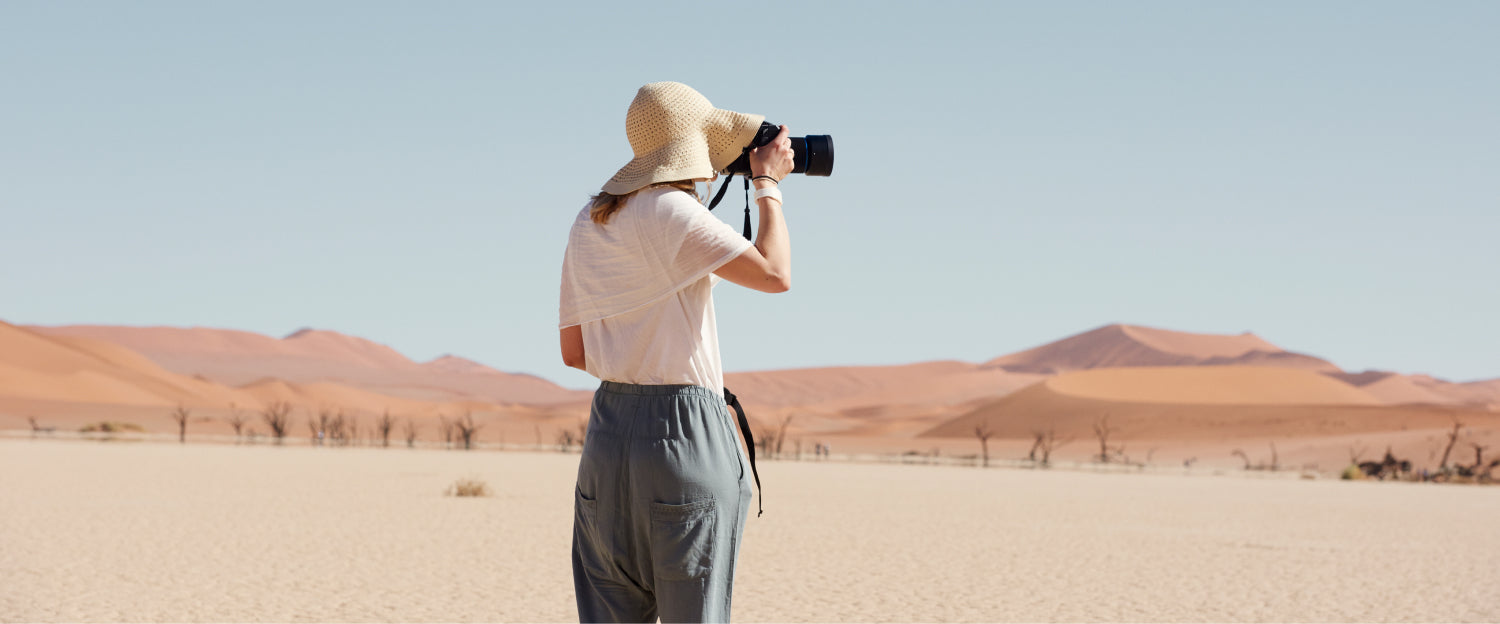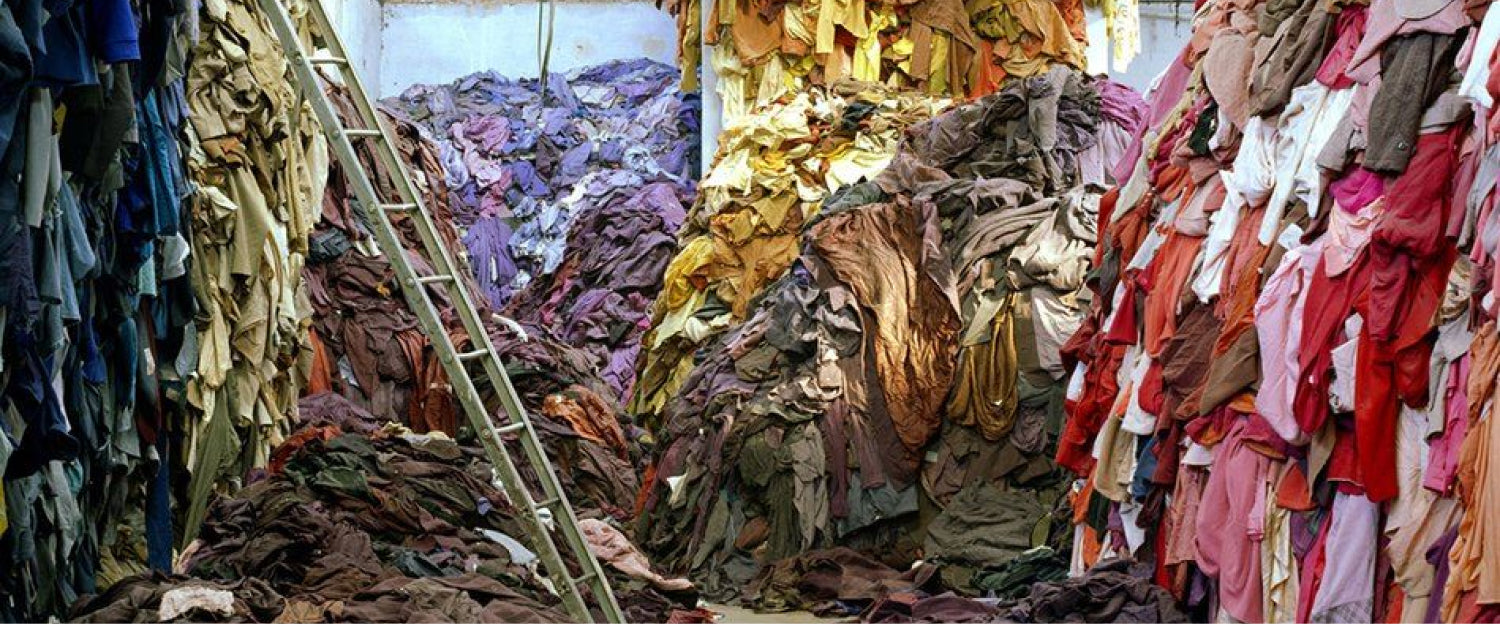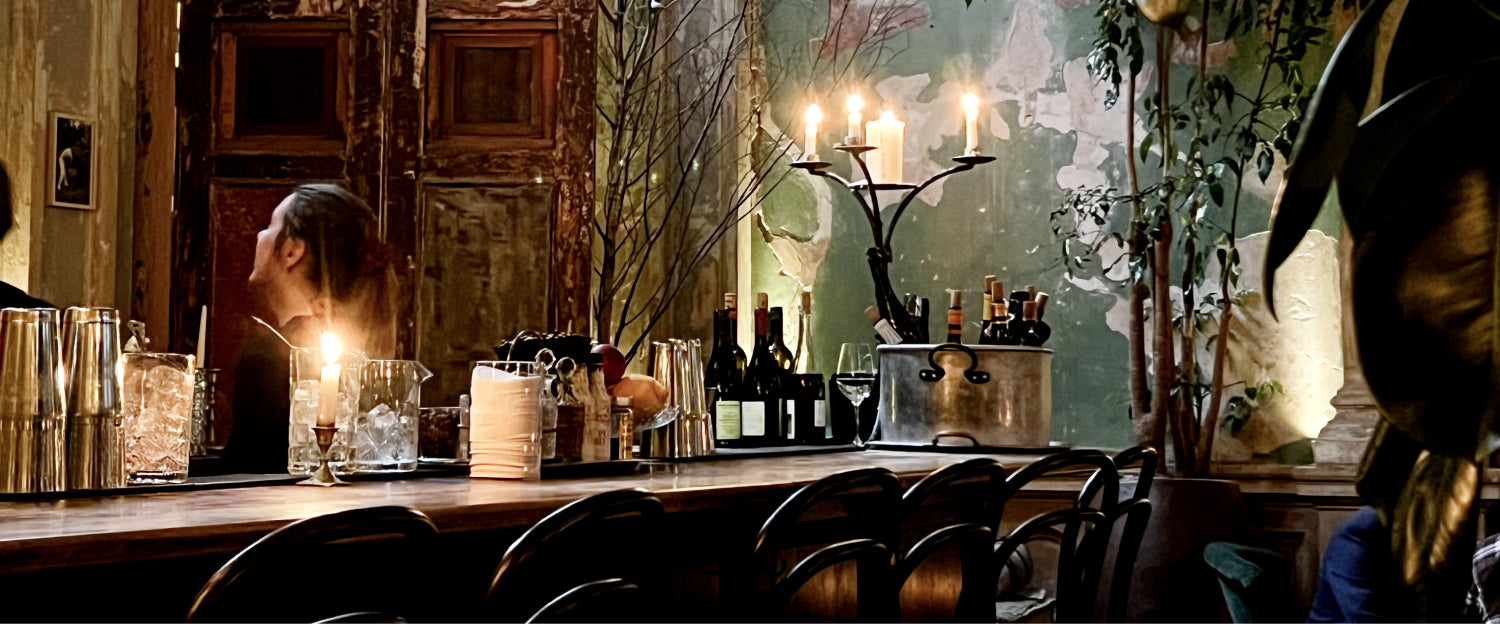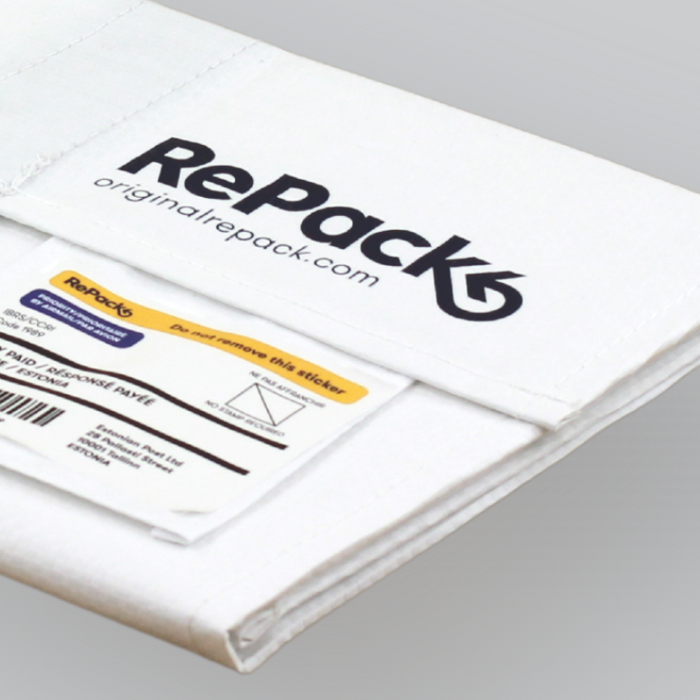Welcome to the ESSENtialists, a series where we connect with inspiring creatives, entrepreneurs and like-minded women over the Essence of Less.
For Australian-American photographer and explorer Brooke Holm, working between worlds is but a refined daily practice. From the commercial and art spheres to the terrestrial plains and the interior worlds of her ever-growing client list, capturing the heart of spaces and places defines the artistry of Brooke’s gaze. Based in Brooklyn, New York, her self-directed creative work studies the elemental features of the Earth through detailed environmental portraits, often photographed from above in helicopters or planes.
It’s here, in working without drone photography that Brooke honours the very connection she aims to capture. “By disrupting the scale and perspective at which we have become accustomed to consuming our planet, I am examining the false dichotomy between humans and nature and seeking a more accurate representation of co-existence,” says Brooke. From unpacking this bigger picture message to the significance of Earth Month, read on for our third instalment of the ESSENtialists in conversation with Brooke Holm.
Your work spans architecture, interiors and nature. What is the common thread between these subjects?
My practice has been about creating impressionable imagery that connects with viewers in both the commercial and art worlds. In a climate where these lines are ever-blurred, I am motivated to produce meaningful work with like minded creatives that contribute to both positive social connection and protection of our planet. As with any creative practice, the beauty is in the details, and for me this is about texture, shape, light, shadow, form and composition. Throughout each genre, I’m creating an image that works with each of these elements to form the greater whole. While the process may be different depending on the subject matter, the building blocks remain the same.
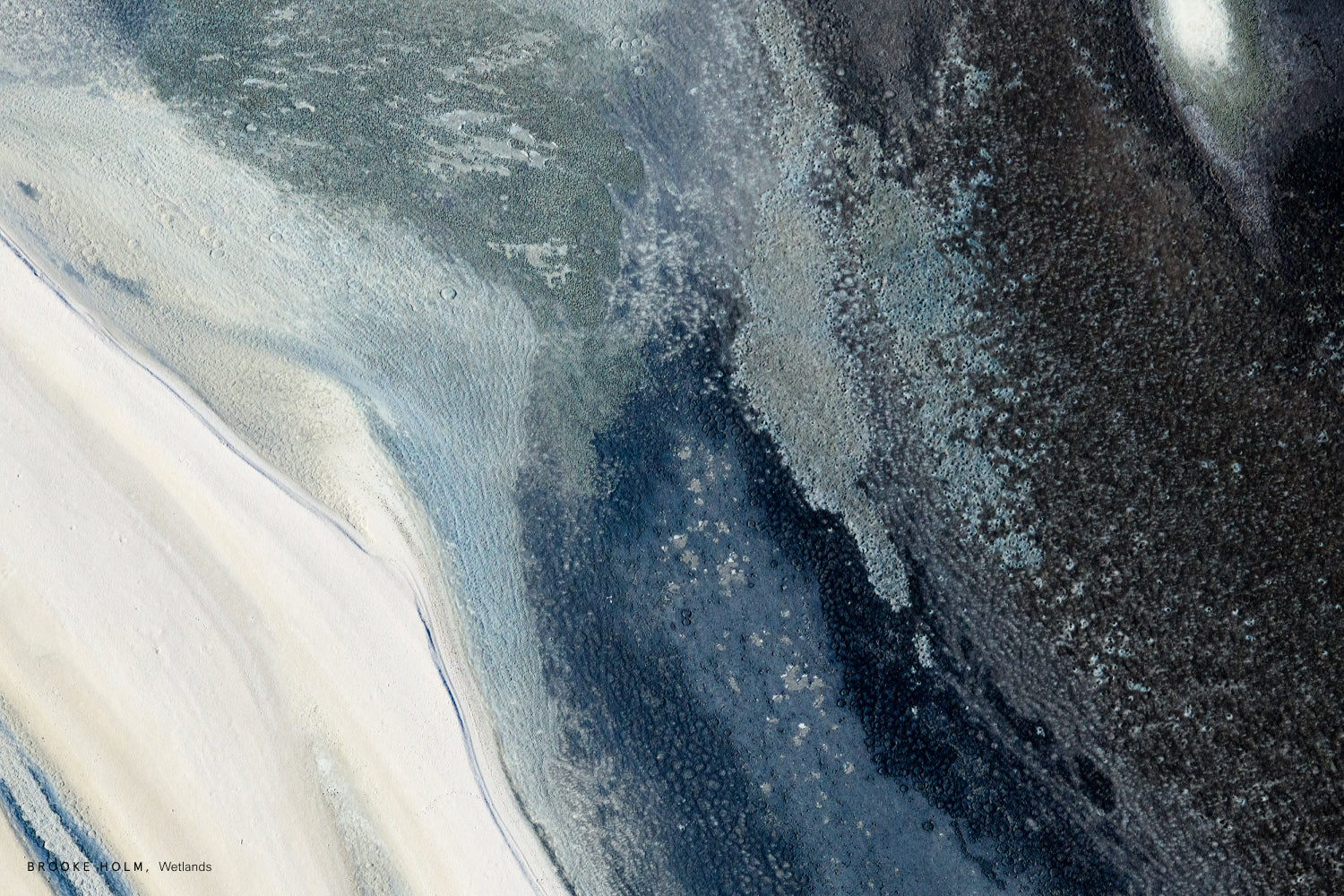
How does your appreciation of the natural world inform your art projects?
The natural world is my first and most potent inspiration. I often create my work from small aircrafts, photographing the veins and arteries of the planet and revealing the organic and inorganic pockmarks of time on the surface. I’m interested in the relationship between this terrestrial life form and our own lives, which further extends into the relationship between this world and other worlds. By disrupting the scale and perspective at which we have become accustomed to consuming our planet, I am examining the false dichotomy between humans and nature and seeking a more accurate representation of co-existence. When altering our conventional viewpoint, the greater picture is a network of interconnected bodies.

How do you choose your subjects and what do you hope your environmental work can teach us about the planet?
Often the locations for my environmental work are chosen because of the relationship that exists between us and them, the reciprocal impact that is experienced by both humans and the natural environment. In my work, it’s important to emphasize that the Earth is a living body and that our own bodies are merely extensions of the Earth’s. Stepping back and viewing the interconnected network of ecological life is important in my work and research and is why I continue to do what I do. I’m questioning the opposing practices of reverence and exploitation of bodies. There is a much bigger picture and humankind is not at the centre of it despite our preconditioned and tightly held myths.


Can you talk us through your creative process and how your approach varies across each area?
In my art practice, it usually begins with a physical expedition to a researched location where I collect images, video and sound recordings. I then work with these elements back in the studio. I don’t use a drone to photograph my work, these expeditions take careful planning and coordination with pilots to be realised, without which I could not make this work. While you can plan as much as you want, you can’t control the weather so you’re often at the mercy of the elements. It is an adventure.
For architecture and still life projects, the shoots are usually more controlled and I know what to expect from pre-production through to post-production. The shoots have a certain repetition and formula which has become like a second nature now. The main difference is that my artwork is fully self directed whereas architecture and still life are working with a client. It’s nice to have that switch between working modes and I love doing both.
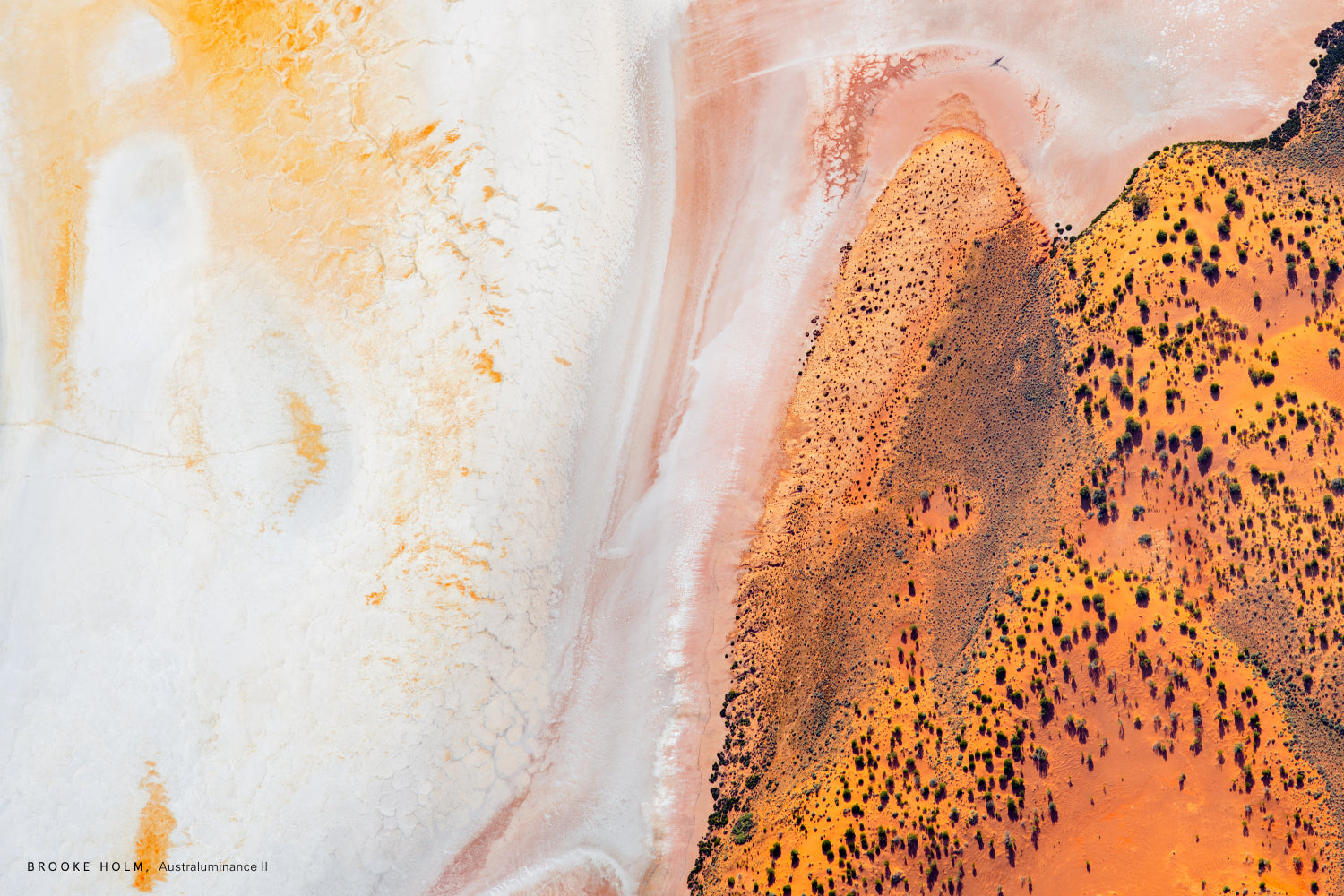
What about your work makes you feel hopeful for the future?
I’m excited to push my work into new territory. I’m a restless and questioning explorer type so you won't find me sitting still for long. I’m curious about what the future holds, but also believe the future is what we make it. If we want it to be better we have to keep pushing for that. And any little difference that each of us can make is a step in the right direction. Earth Day is a great reminder that even as individuals we can make choices that, even though seemingly small, can impact environmental policy and help shape the world we wish to live in. I believe that we should leave the world better than we found it, and I try to implicate myself in being a part of that process throughout my day-to-day life.
In terms of fashion, how would you describe your personal style?
My main prerequisite is comfort. Many times I have described my style as Steve Jobs meets Space Cowboy meets Lumberjack. Somehow it works.
What’s your favourite way to wear ESSEN?
I can’t wait to wear my ESSEN
chunky black sandals with some comfy pants and a breezy T-shirt. It’s about to be Spring here so we are feeling the warmth already!

Which piece in your wardrobe have you had the longest?
I’ve had a flight suit for a very long time that I wear when I’m shooting from the sky, it's falling apart at the seams. I also have way too many old raggedy t-shirts that are on their last legs, but I love them to death. My favorite white hiking boots are also worn down to the crust and I am desperate to find a way to reinvigorate them. You can certainly tell which items are the things I love most because they are all in shreds.
In work or life, what’s something you’re working towards?
I’m working towards my Master of Fine Art this year which is very exciting and something I have wanted to pursue for a long time. I’m excited for my work to pivot and expand. I have many ideas I can’t wait to explore.
Instagram:
Website:
